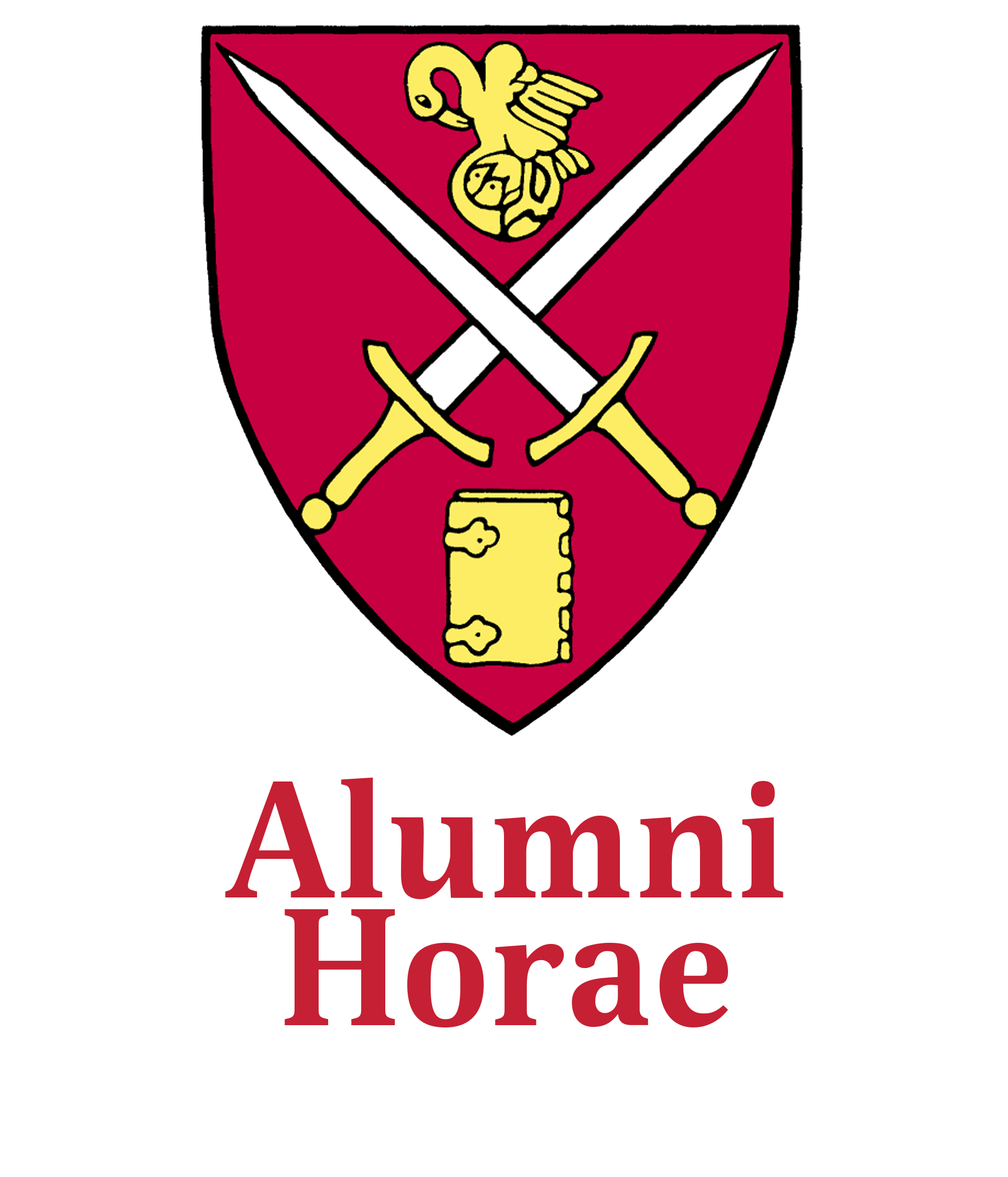SPS Today: Pelicans Fly Together
School Mascot Takes Flight Through Vision of KT Taylor ’93
KT Taylor ’93 spent days observing the habits of pelicans before creating her sculptures for SPS.
Five brand-new squat racks. Two full sets of kettlebells. A trio of 180-pound, life-size, metallic pelicans. There have been plenty of updates made to the St. Paul’s School Athletic and Fitness Center this summer, but none as compelling as the trio of bird sculptures adorning the rafters of the E. Leonard Barker Court. What had previously been a space to display boat club banners has transformed into a setting for a dynamic public art installation, courtesy of sculptor Katherine “KT” Taylor ’93.
“It is easier to get into Harvard than to get a piece of public art accepted,” said Taylor, “and this is the first big public piece I’ve been able to do.” The commission took flight in 2015, when fine arts faculty member Colin Callahan approached Taylor with a budget and location for the piece, but no concept. As creatures are Taylor’s forte, she was quick to suggest the idea of creating a pelican, and the project grew from there. While visiting California for a friend’s wedding, Taylor hopped in a kayak and spent two days observing the pelicans that inhabited the local islands. During a surfing trip to Costa Rica months later, she bypassed a number of rideable waves in lieu of witnessing pelicans flying and diving together.
“That’s part of the work; researching the animal and learning about it,” said Taylor. “The chance to interact with your subject animal in nature, that’s a really big deal. As an artist, that’s my source of inspiration; the place you go back to when you get stuck.” Each of the crafted birds sports more than 100 feathers, but the process of casting long, thin pieces of metal is laborious and delicate. Taylor and helpers at the foundry where she creates first made 500 feathers out of wax and cast them, but none were viable. The same thing happened on the second attempt, but she persevered – it’s all part of the process.
Her strong connection to SPS paved the way for Taylor to the “Leaf Pelicans” commission, and it also informed elements incorporated into the work. Each texture present on the sculptures comes from an element found on the grounds of St. Paul’s School. Molds cast from a wind-eaten piece of wood next to Library Pond form the bellies of the birds, local corn husks helped create the texture on the birds’ pouches, and various leaves from around SPS inspired the look of the wings and feet. It is a process Taylor refers to as “natural texture swapping,” and it helps give an authentic quality to her work.
With her pelicans in place among the rafters of the AFC, Taylor’s attention now turns to her next installation, featuring birds of the Arctic, for which she spent several weeks researching in the Norwegian archipelago of Svalbard.

